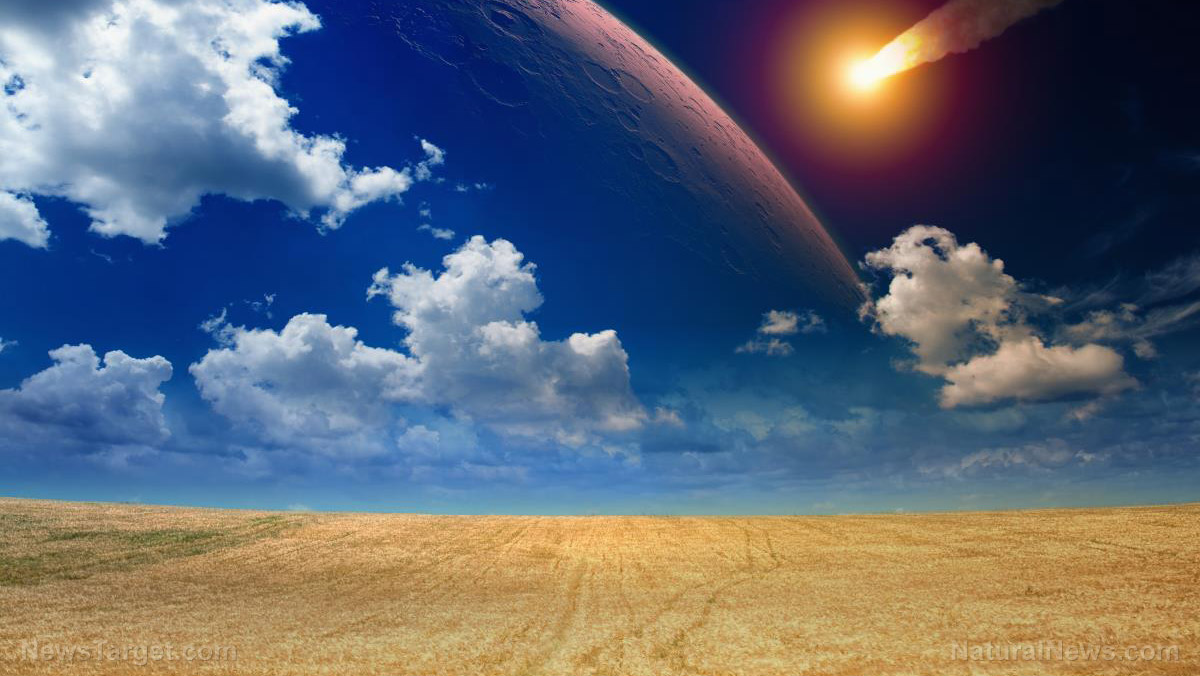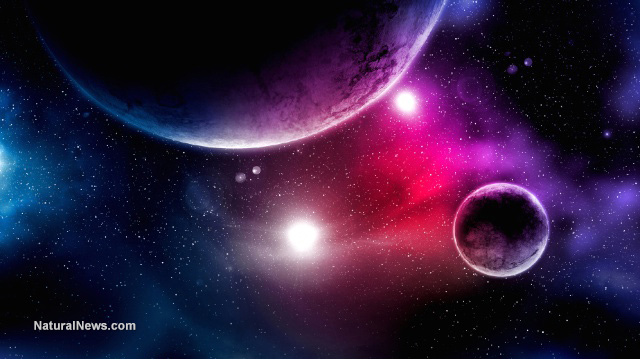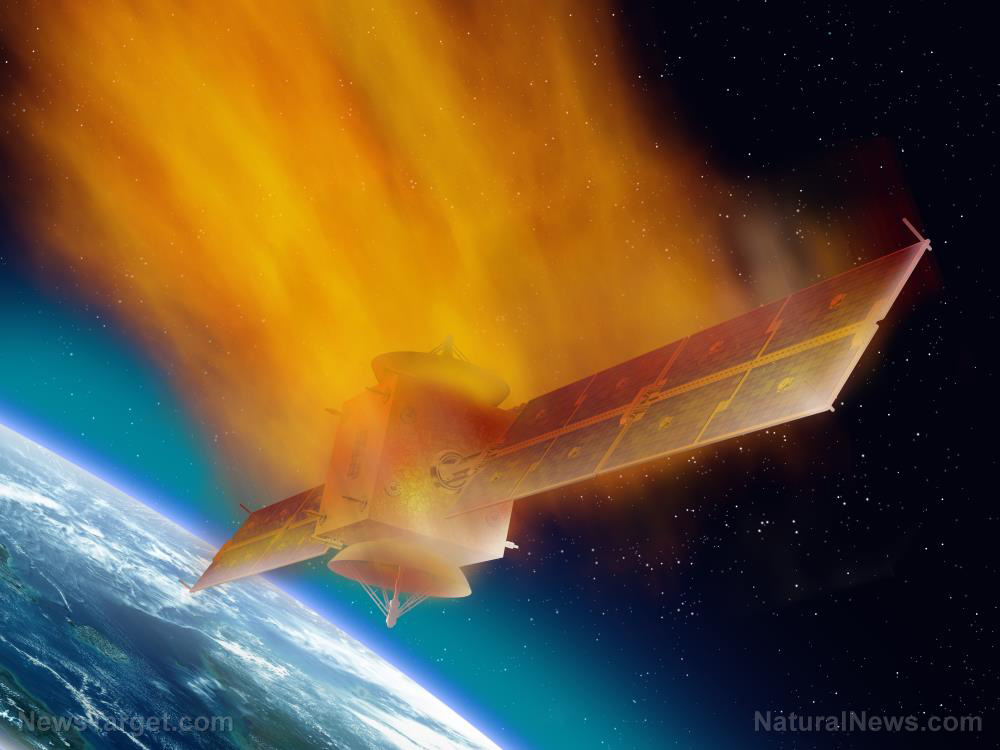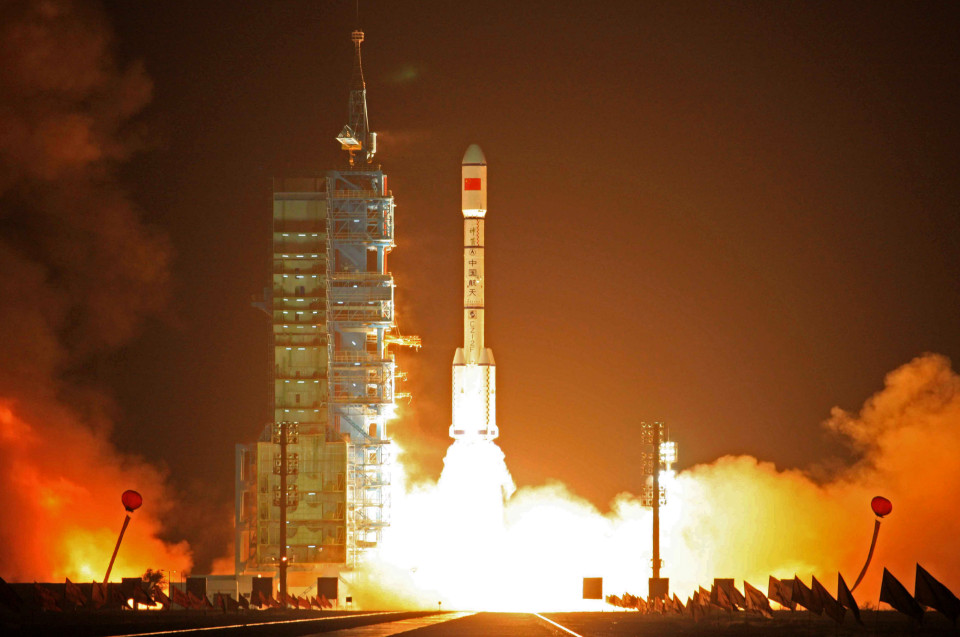Bright aurora on Jupiter caused by alternating currents on the giant planet, report researchers
04/12/2020 / By Franz Walker

One of the more interesting things about the planet Jupiter is that it also has an aurora, just like the ones here on Earth. For a long time, scientists have wondered about the origin of Jupiter’s aurora, which is said to be the brightest in the solar system. Now, a recent study has found just what causes the brightly glowing aurora to form.
An international team of researchers has succeeded in measuring the electric current system that’s responsible for Jupiter’s aurora. The team used data sent to Earth by the National Aeronautics and Space Administration‘s (NASA) Juno spacecraft.
The data showed a surprising cause for the planet’s auroras — a nearby moon. Unlike the Earth’s auroras, which are caused by electrically charged particles from the Sun, the system of currents that drives Jupiter’s auroras is caused by gas from its moon, Io.
Studying Jupiter’s aurora
The aurora seen on Jupiter, the largest planet in the solar system, has a radiant power of 100 terawatts or one hundred billion kilowatts. To create light with this much power here on Earth, 100,000 power plants would be needed. Similar to the Earth’s auroras, Jupiter’s is driven by a gigantic system of electrical currents that connect the polar light regions with Jupiter’s magnetosphere. This is the region around a planet influenced by its magnetic field.
The Juno probe, which has been in a polar orbit around Jupiter since July 2016, measured for the first time the electric direct current responsible for Jupiter’s aurora. Surprisingly, the measured values were much lower than what scientists expected — Juno’s data showed that the total current was only 50 million amperes. While that number seems high, it was much too low for the size and brightness of the gas giant’s aurora.
On Earth, the direct current system generated when electrically charged particles from the Sun cause electrons in the atmosphere to move to a higher state, is what creates the aurora borealis, more commonly known as the “northern lights.” But since the direct currents running along Jupiter’s magnetic field lines were weaker than theoretically expected, the scientists speculated that alternating currents may have something to do with it. They thus focused their attention on small-scale, turbulent alternating currents present in Jupiter known as Alfvenic currents, which had, until then, received only little attention.
“These observations, combined with other Juno spacecraft measurements, show that alternating currents play a much greater role in generating Jupiter’s aurora than the direct current system,” said Joachim Saur, one of the study authors and a professor at the University of Cologne’s Institute of Geophysics and Meteorology in Germany.
A moon, not the Sun, is involved in forming Jupiter’s aurora
Jupiter’s aurora differs from the ones seen on Earth as it isn’t caused by direct currents alone. Centrifugal forces, which drive Jupiter’s electric current systems, also help by moving ionized gases in Jupiter’s magnetic field to generate the alternating currents.
The interesting thing about the ionized gases is their source: Jupiter’s moon, Io. With over 400 active volcanoes on its surface, Io is the most geologically active object in the solar system. (Related: Alien life may exist in Jupiter’s moon Europa and other frozen worlds.)
The volcanic activity on Io means that the moon hurls out about a ton of sulfur dioxide gas every second. This large amount of sulfur dioxide gas is then ionized as it gets sucked into Jupiter’s magnetosphere.
The final piece of the puzzle is Jupiter’s rotation. Despite its size, Jupiter rotates much faster than the Earth. It’s this high-speed rotation that allows centrifugal forces to move the ionized sulfur dioxide gas in Jupiter’s magnetic field. This event produces the electric currents that are responsible for Jupiter’s aurora.
Sources include:
Tagged Under: alternating currents, astronomy, aurora, cosmic, direct currents, electric current, io, Juno space probe, Jupiter, NASA, northern lights, outer space, physics, planets, polar lights, research, solar system, Space, space exploration, sulfur dioxide gas, Unexplained, weird science
RECENT NEWS & ARTICLES
COPYRIGHT © 2017 SPACE.COM
All content posted on this site is protected under Free Speech. Space.com is not responsible for content written by contributing authors. The information on this site is provided for educational and entertainment purposes only. It is not intended as a substitute for professional advice of any kind. Space.com assumes no responsibility for the use or misuse of this material. All trademarks, registered trademarks and service marks mentioned on this site are the property of their respective owners.


















